Today I’d like to address a topic that inevitably comes up with Americans in Italy, one that is deeply embedded in culture and cultural expectations: how does one relax?
This issue is brought to the symbolic fore by the most American of furnishing institutions, the sofa (divan, couch), which ironically makes me think of Greek dinners with Socrates and the vast storied banquets of the Roman Empire.
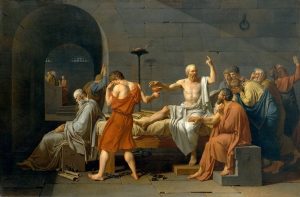 |
| Socrates at dinner, right before he downed that goblet of hemlock. |
I preface my discourse by saying this: the Italian cultural expectation I will explain is deeply traditional, steeped in centuries of agricultural subsistence farming, but also the urban bourgeois – think either farmers in the countryside, or well-to-do Italian merchants in well-off city X in some bygone century.
Italians have three main modes of relaxation, available to all on a daily basis: the dining table, the public park, and the passeggiata, or daily stroll each evening before dinner through your neighborhood.
Upon entering an Italian home, you may note that the dining table is the largest visible feature. It is huge. In our modest apartment, the table is enormous, and can easily seat eight or even ten in a pinch. Our owner’s table in their dining room upstairs has been known to seat 24 or more family and guests. Italian culture values the meal, and the pleasure in relaxing around a table, over leisurely apertivi and wine, enjoying the courses that come our from the kitchen as they are ready.
This is a chief relaxation strategy of Italian culture (and Mediterranean culture in general, I’d wager, as a former resident of France and Spain, and lay anthropological researcher into, the French and Spanish cultures). Mediterranean culture will never give it up. There is no television to distract. Laptops or tablets at the table are rude. Smartphones are often forgiven if not obtrusive, because work, and also, you got a life to keep going at your personal socio-logistics switchboard. It is relaxing for Italians to gather over food and drink and chat, with no definite beginning or end point. The more anxious among us may mark beginning and end points, if desired, with the polite production of a glass of prosecco (beginning) and, hours later, the equally polite production of a cordial or espresso (end).
The cordial (in English) itself, as a sincere offering of cordiality (cor, from the heart), gains semiotic heft when it is considered as a nonverbal way to say “your time here at the table is drawing to an end… as soon as you finish this tiny, sweet jigger.” In Italian, it is more accurately called a digestivo. As in, “drink this, and go happily digest, but not at my table.”
But a meal is not even necessary to enjoy the relaxing mode that a large table in an enclosed community can offer, a place to pay bills, read the paper (laptop, tablet), catch up on the news of analog people living in the home, fold laundry, assist with the stream of compiti (homework) if children live there, planning trips or vacations to see the extended family community in the generous holiday periods that are enjoyed by Italians. Simply being at the large table is relaxing, because things happen in an unhurried way. It is impossible to run around like a headless chicken when you are seated at a table. For heavens’ sake, sit down, have a coffee or a glass of juice, and thoughtfully consider what you need to do next.
This is the first way in which we may note that Italians relax. This may also link back to a deeply Catholic culture, the familiarity with the Lord’s Supper, and the general popularity and significance of a scene at a supper table. In addition, the long roots in monastic tradition that continue to inform Italian education and higher education may still be sensed in this tradition – think refectory table, long meal, and calm. Prayer and community, interaction, and bond-strengthening. I always notice the dining scene in a home because we very rarely ate together as a family when I was a child. It was something I missed then, and is a value that I actively sought to discover, and cultivate now as an adult.
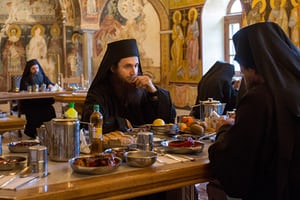 |
| Greek Orthodox monks in a refectory, deep in thought over pita bread and probably a lot of other delicious things. Makes up for that male wimple. |
Secondly, the public park. Imagine a huge and well-kept public garden, generously furnished by the community with benches, leafy plane trees spreading their branches overhead. You need not mow the lawn, or plant and weed flowers, or wade into an algeous fountain to clean the pump mechanism. This point of relaxation could also be a on a piazza with stores and perhaps parking spaces around it. In the park in front of our building, Piazza D’Azeglio, there are easily 80 to 100 benches, which can fit five people each (as I learned in Ognissanti in January when one Florentine nonna politely reminded another Florentine nonna of the official Italian cultural marshall seating capacity of each church pew.)
It is relaxing to be outside in pleasant weather, on the bench with your paper, or doing a crossword, or simply people watching (cute kids, what people are wearing, the progress that little boy has made on his bike, or that little girl riding her scooter). It is relaxing for Italians to be in community and to see other people, and to be acknowledged as a member of community. This provides a deep assurance and a sense of rest and well-being.
The drawback to this second option? Weather does not always cooperate, but fortunately this is Italy and not the Arctic, so we have many many months of pleasant outside park time in which to relax.
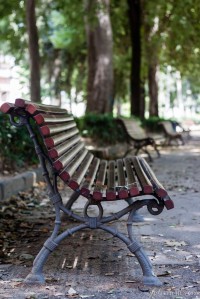 |
| Row of park benches, Piazza D’Azeglio. This is such a true to life and lovely picture that I am reposting with credit. (c) Juls’ Kitchen |
In all seasons excepting pouring rain or snow, Italians will get dressed to go outside for a stroll, thereby calmly and casually encountering all their friends, neighbors, and often family without needing to make any specific plan to see people. This is the third mode of Italian relaxation. The passaggiata is more diffuse in a city the size of Florence, just because it is so big. But people will still get out in their nice clothes to go run a couple of nominal errands (pick up a bottle of wine, get something at the pharmacy), and enjoy an ice cream or a cocktail before they go to dinner. This was very noticeable as a custom in a much smaller town like Arezzo, where we lived in 2012-2013. Arezzo has just one main drag, the Corso Italia, and literally, with no planning at all, you could walk out the door around six in the evening and run into 8 people you knew and have a few nice chats. The flowing throng of people filled the street, up to its narrow banks of tall buildings. The passeggiata is still on in cold weather, but if it is raining, nope, no way. Being social is fine and all, but under no circumstances should you ever court death.
(Note: if you are an older Italian, the park bench in #2 becomes the passeggiata in #3, as your younger compatriots fulfill their cultural expectation of parading by for your review and appraisal.)
Back to America, and American culture, and what it means to relax and be at home. In general, American culture is much more homebody and privacy-driven than Italian culture. We return in the evenings and weekends to our house on lots with yards we mow and gardens we work in. We sit in our houses and eat dinner quickly, unless we go out to eat. We watch TV while we eat dinner. The dining room table is not a place to gather so much as to eat, and quickly. I think, for many Americans, it is not relaxing to be in public in community, as opposed to Italians. A passeggiata cannot exist in the US because there is no culturally agreed-upon set time for it, and anyway, we’re all driving around. (I am suddenly reminded of ‘cruising’ in high school on the weekends, endless loops up and down Broadway in cars in Edmond to yell things out the car window at people, but, uh. Not really similar.)
Where do Americans want to relax? We want a nice, comfy sofa in our living room from which to watch a really big flatscreen TV. Italian apartments often do not have such sofas. There are small hard loveseats with springs. There are old tiny loveseats with blankets thrown over them. But they are not big, they are not comfortable, and they do not face a TV.
All this being said, it is true that all three apartments that Jason and I have lived in have had large, comfy sofas. I do not know why. They have all been filled with down, generously cushioned and thickly upholstered. In our apartment now, it does face a TV that we put there, but which we rarely watch. In Arezzo, five years ago, our very comfy sofa faced a TV that we purchased for the purpose. I watched a lot of Italian news that year and it really helped my language. In Florence in 2005, in that adorable apartment up in Le Cure, we had an incredible yellow sofa stuffed with the feathers of a city of geese, and the sofa faced the dining room table, an amusing arrangement in itself, suggesting that the meal at hand was the actual show.
Meanwhile, so many other locales that we have found and rented, or that we have stayed in ourselves, had the hard, springy loveseats that remind me of the bench in our old VW van that my parents used to unbolt for long roadtrips, or to move something across town, like a new purchase – perhaps a sofa. These VW-type benches are not comfy. But you know, should you find yourself in such uncomfortable circumstances, it might be best to scope out your closest dining room table, park bench, or ask around to learn when and where the passeggiata happens.



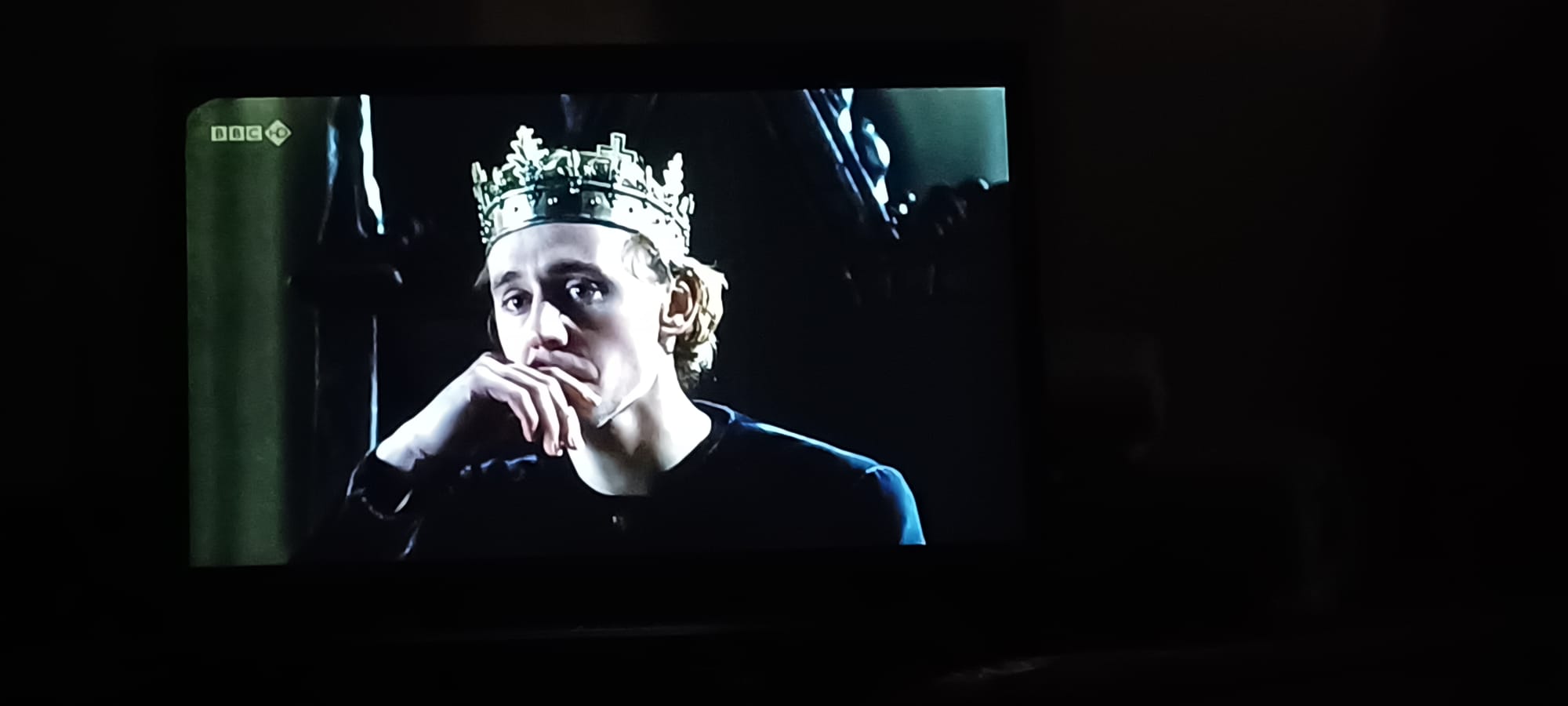
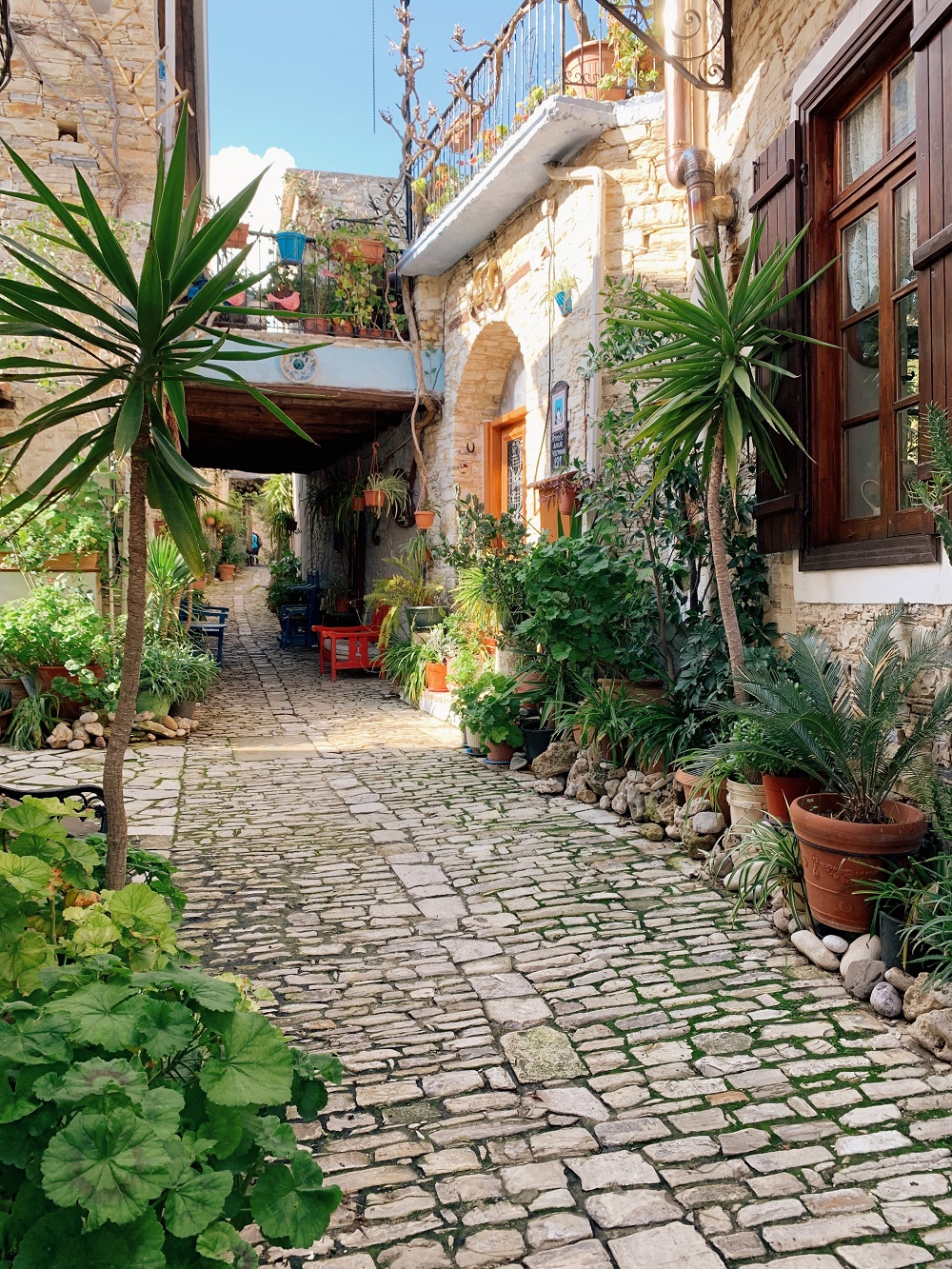
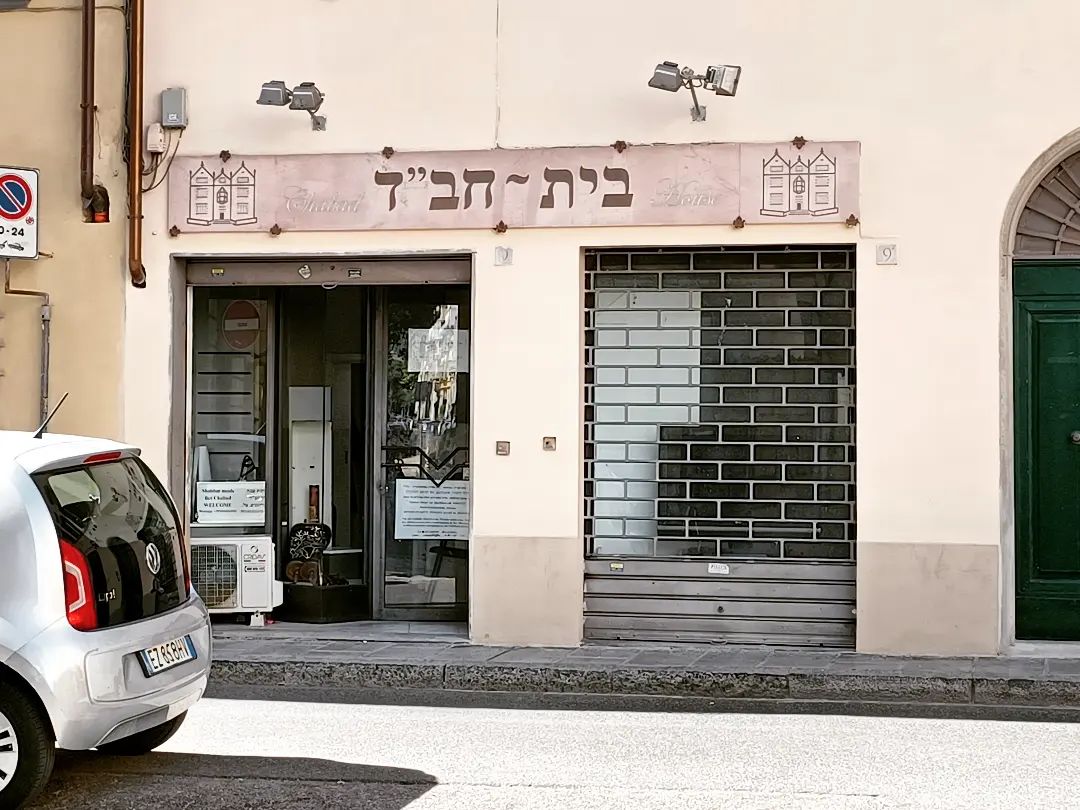

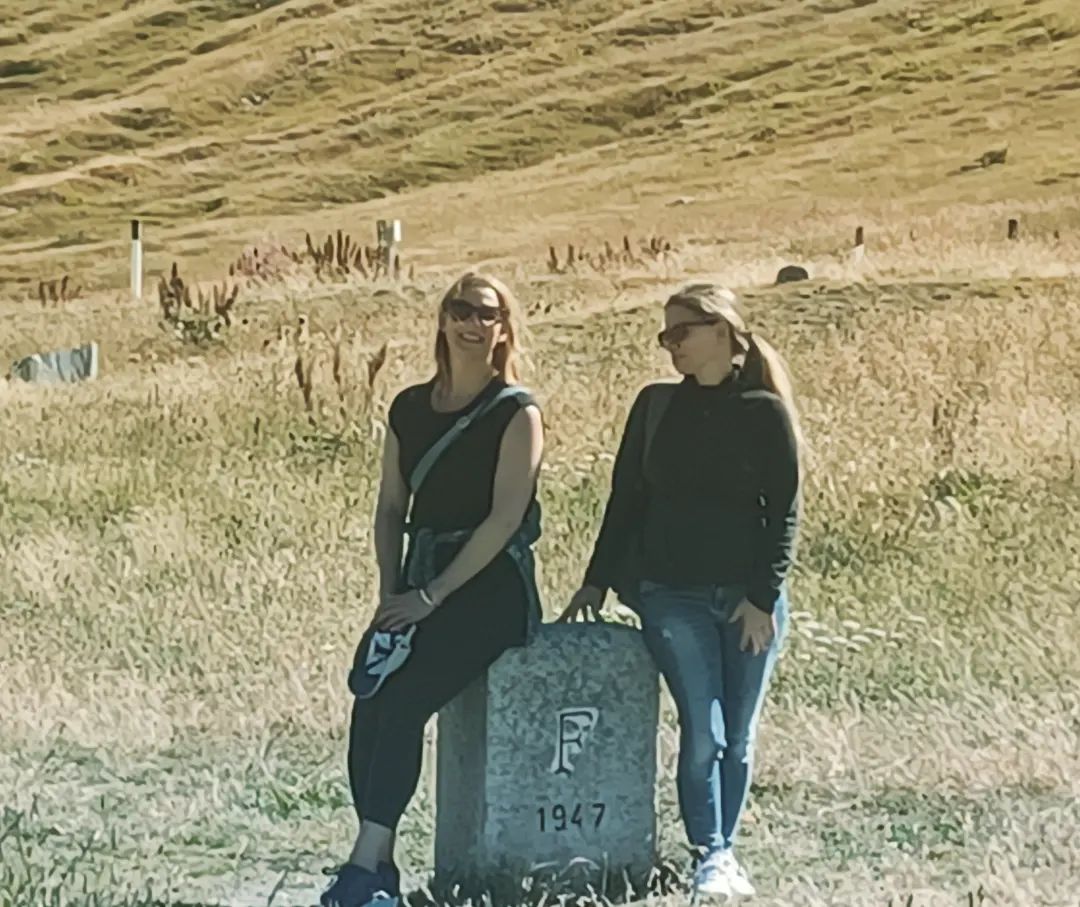
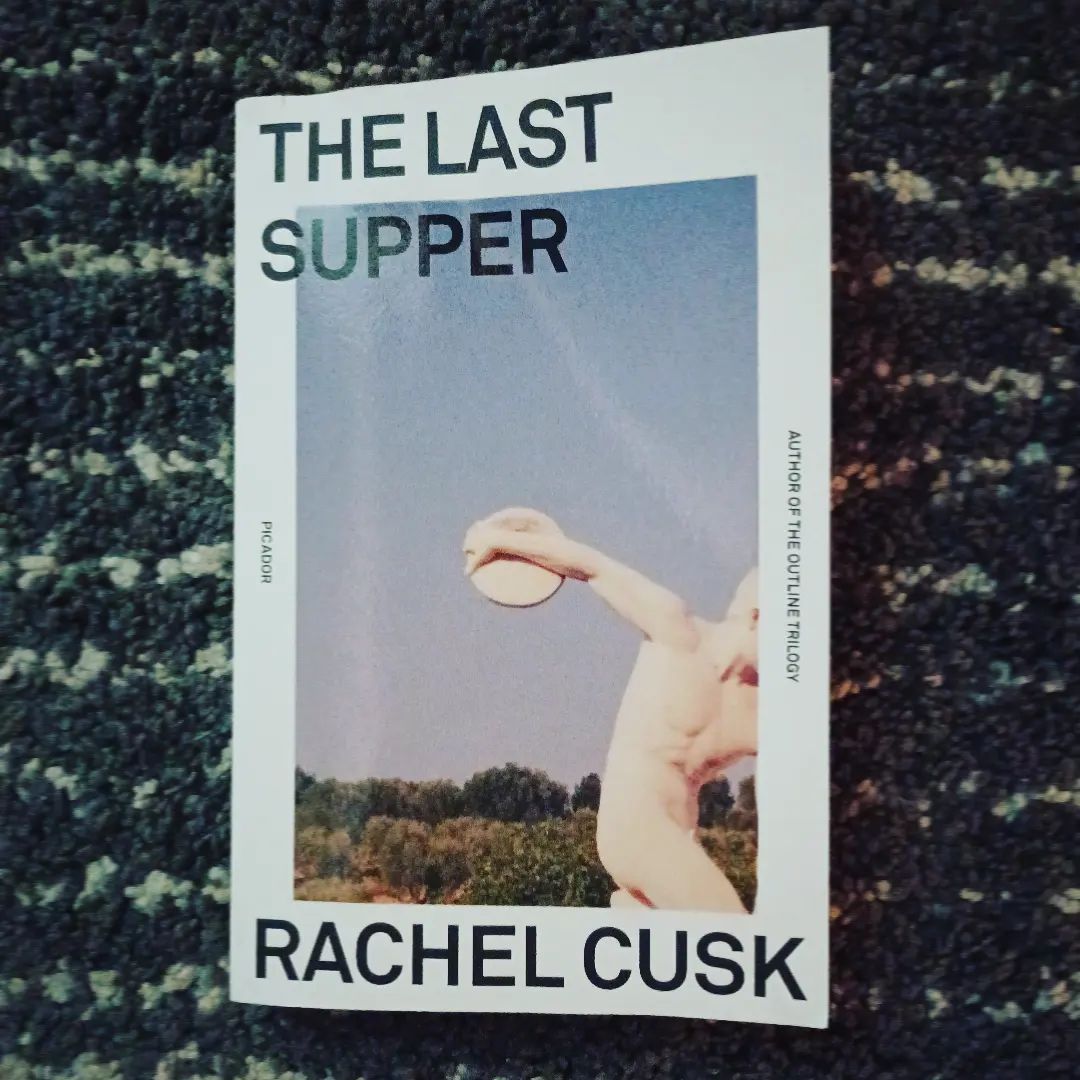
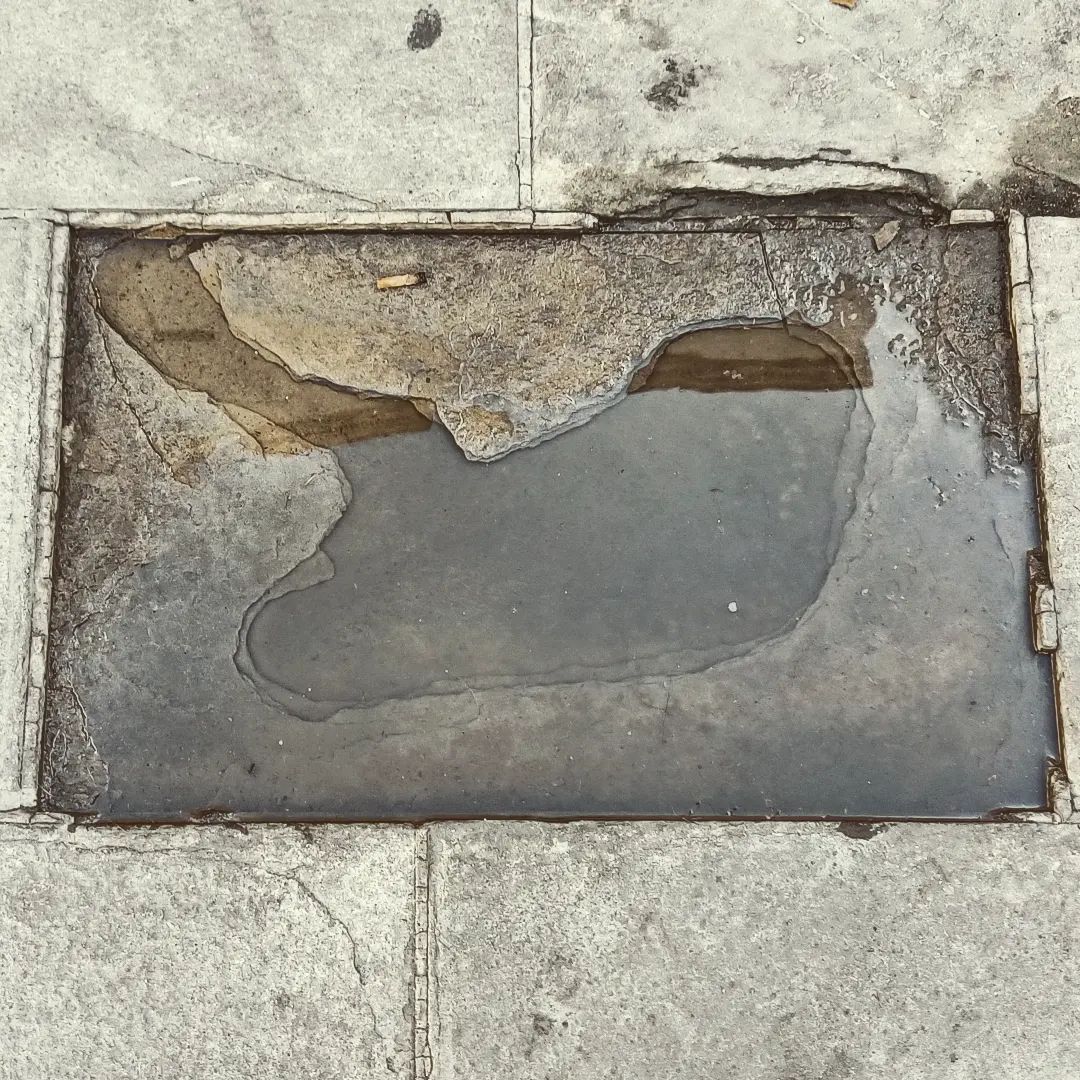
5 Responses
I like the idea of passeggiata. (I also like the idea of not feeling too busy for a daily stroll.) I think a similar experience can be had in the US if one lives in the right kind of place. I remember when I regularly visited friends on Capitol Hill (Seattle), where one could go out for nearly any form of cultural activity without ever getting into a vehicle, and stopping to chat with friends and acquaintances who were also out on foot.
I love this post . Super interesting.
It was certainly a main pull factor for me for CapHill in the early aughties. Wallingford also could hold its own for a passeggiata on 45th Street, or a bit later, through Tangletown. Ahh Seattle, the only city I truly miss in North America.
Thanks Rach! Now that we are almost two years in, I have tons more where this came from. I'll keep writing when I know I have an audience. And btw I love our dining table – it is a solid center of our home life. I remember yours was too.
Monica, this post really hit home for me having just returned from Verona. The passeggiata was THE place to be in the evenings. Helped that Verona is small and the main walking streets narrow and perfectly placed next to cafes serving their aperol spritzes and bowls of Lay's potato chips. We especially enjoyed seeing the bride and grooms strolling past in all their finery! What a delightful tradition. I would say Norman's 2nd Friday Art Walk is the Oklahoma version of passeggiata.